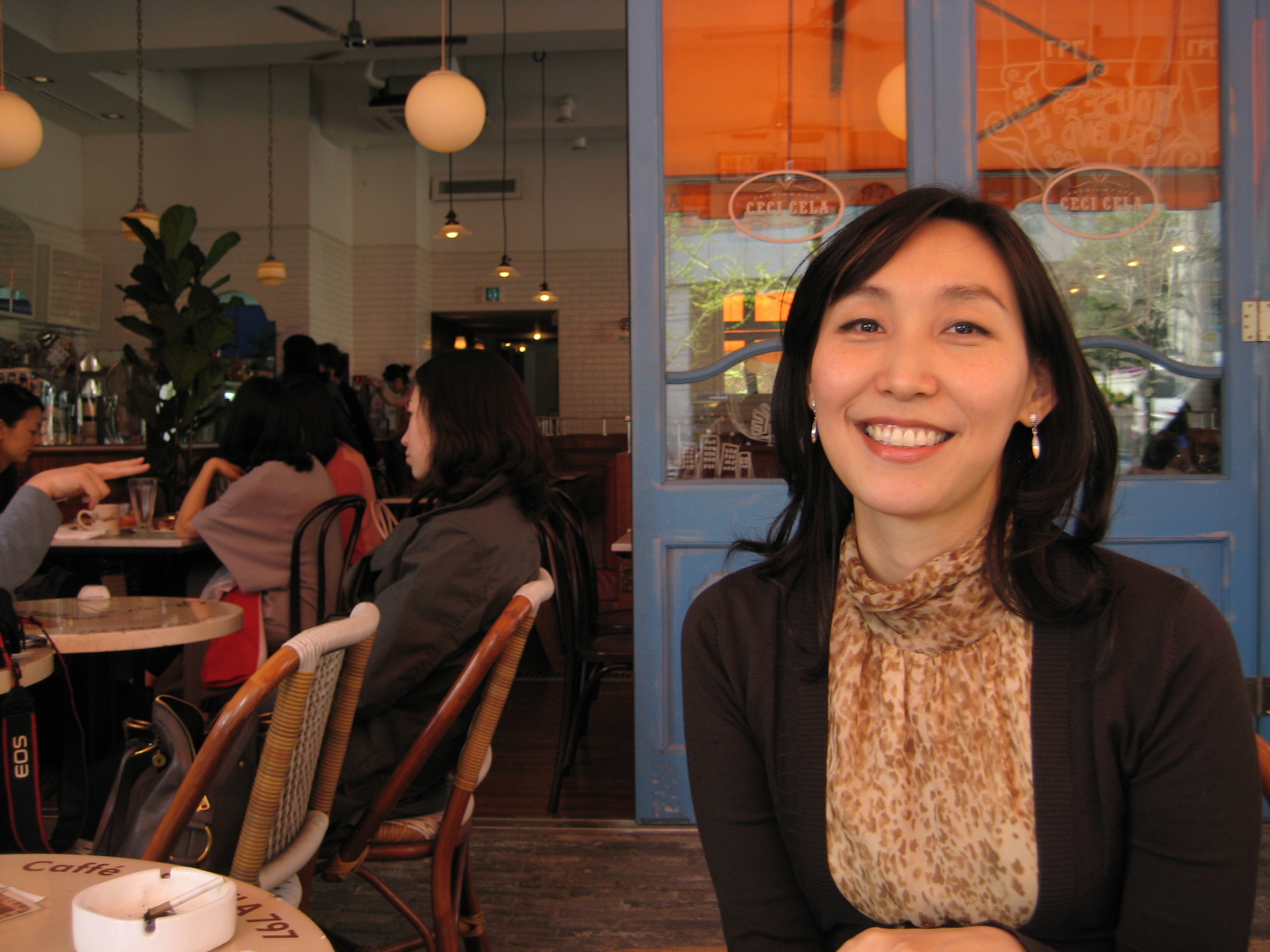
In the information age, which emerged a few decades ago and is now approaching its end, parents paid money for music lessons to make their children smarter. A meta-analysis of ten years of SAT scores has confirmed that students who participated in music class scored higher than average in reading, writing, and math. As we move into the Dream Society predicted by futurist Rolf Jensen in the late 20th century, politicians, educators, and businessmen are interested in educating people who can contribute and adapt to innovation as well as who have intelligence and communication skills.
As soon as President Barack Obama moved to the White house, he and the First Lady invited musicians to visit and perform. It was not all about listening to their playing. The President also asked them for insightful advice for “Winning America’s Future through Creative Schools” project, which details the powerful role that arts can play in building creativity and nurturing innovative thinking skills. Stanford University established a new cross-disciplinary institute, the Stanford Institute for Creativity and the Arts (SICA) in January of 2006 to serve as the hub for the arts initiative. SICA explores ways of fostering opportunities for students to build creative thinking through artistic experiences.
Proudly, POSTECH has already been offering integrated classes of arts, humanities, and social science. As the only full-time music faculty member in POSTECH, I feel a sense of strong responsibility. Today, music is not only a means of relaxation or brain-boosting but also a main tool for inspiration and communication. In the future market, music can be a technological product itself because emotions linked to adventures, togetherness, and stories are becoming the main products in a new rising market.
Einstein said, “Knowledge is experience.” Studying arts without practice does not fully satisfy the goal of art education. And in that sense, creating an environment for art is the key of POSTECH as a dream factory. I suggest POSTECH provide an arts education that has no boundaries and bring more qualified artists to campus.
From this semester, more interesting composite art classes such multi-media art class and musical theatre class are offered by K-Arts as a part of an exchange program. Through teamwork, students will experience how visual art, music, drama, and technology work together as a total art form. To create an environment for arts at POSTECH, we need to invite aspiring artists as often as possible. For this, I think, we should make the best use of K-Arts exchange program and have closer cooperation with local arts groups. I recommend inviting artists to spend some time with students. Invited artists could give insightful advice for various club activities on campus. Or, they can just talk with students.
In the villa of Medici, painters, musicians, and poets always stayed with the family. Frans Johansson argues that Medici family rose fame and fortune through collaboration with people from different backgrounds. I always have thought “Creative Economy” is an inappropriate expression because I agree with Johansson that all new ideas are just a combination of old ideas and create a completely new world beyond what someone does alone. Both artists and scientists are strong role models of innovation. When artists and scientists meet, arts will become an engine of science, and science will provide leverage for the arts.
Music is not only a means of relaxation or brain-boosting
but also a main tool for inspiration and communication
м Җмһ‘к¶Ңмһҗ © нҸ¬н•ӯкіөлҢҖмӢ л¬ё л¬ҙлӢЁм „мһ¬ л°Ҹ мһ¬л°°нҸ¬ кёҲм§Җ


